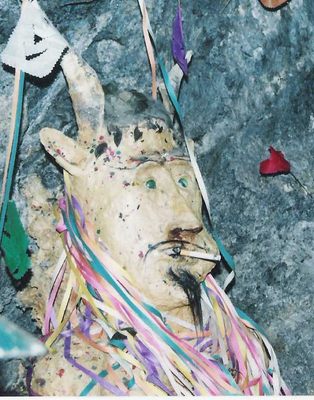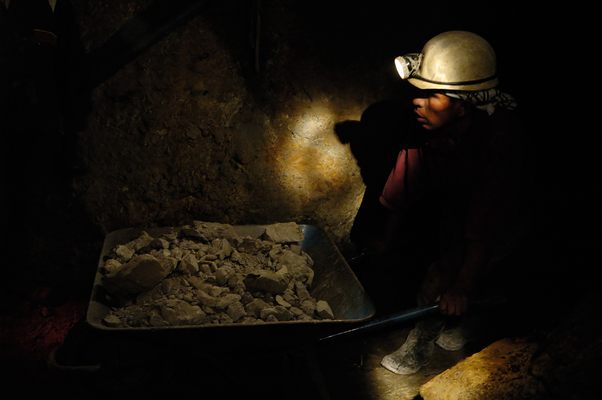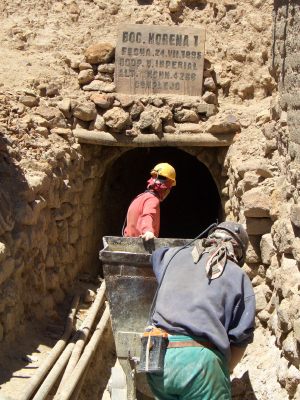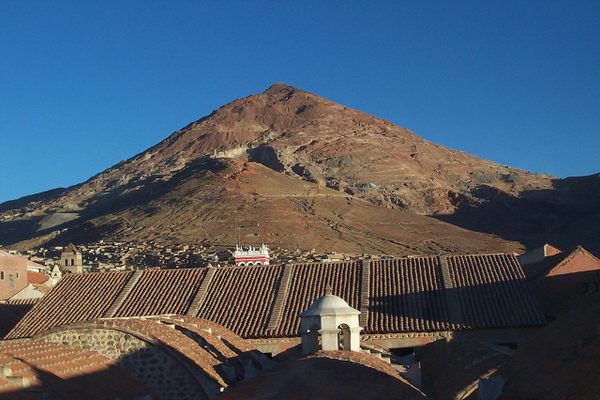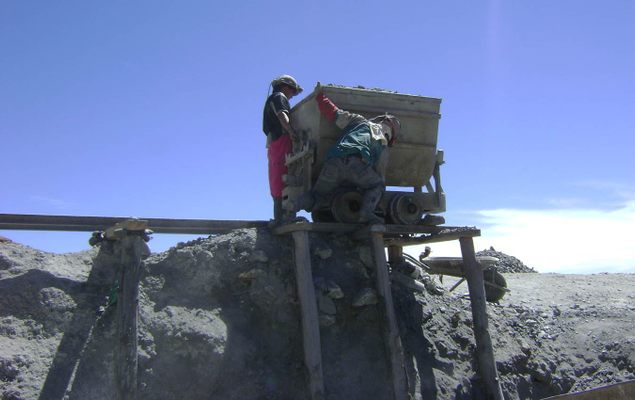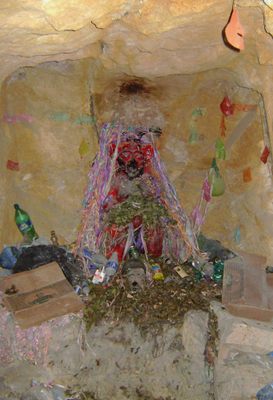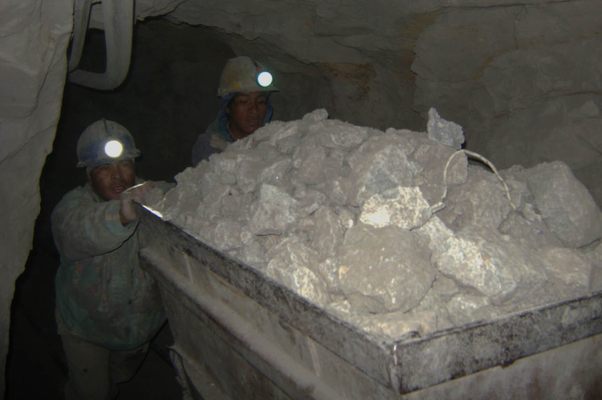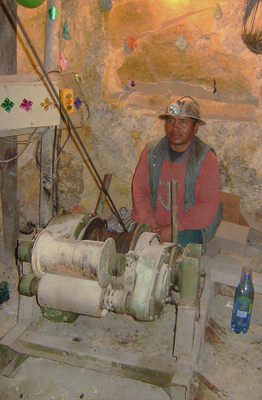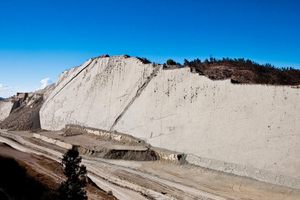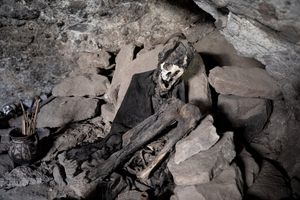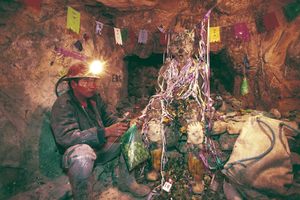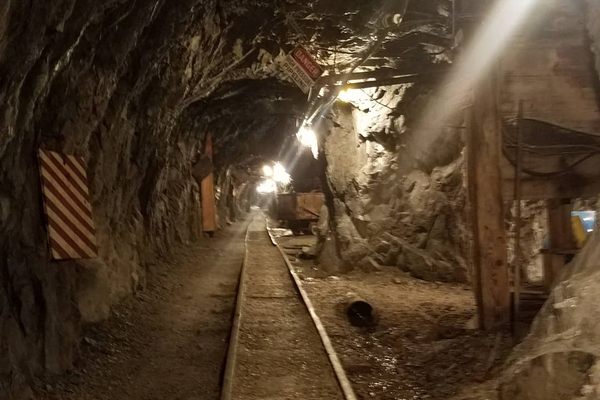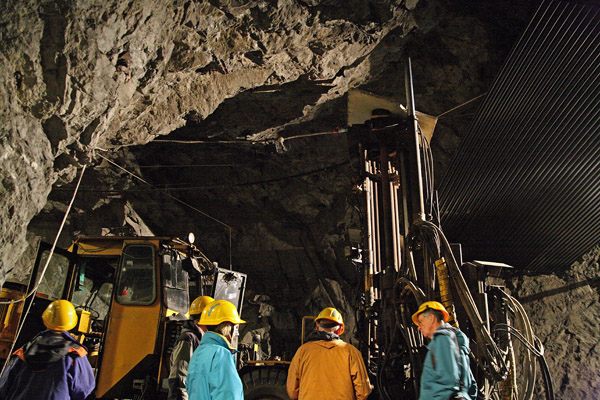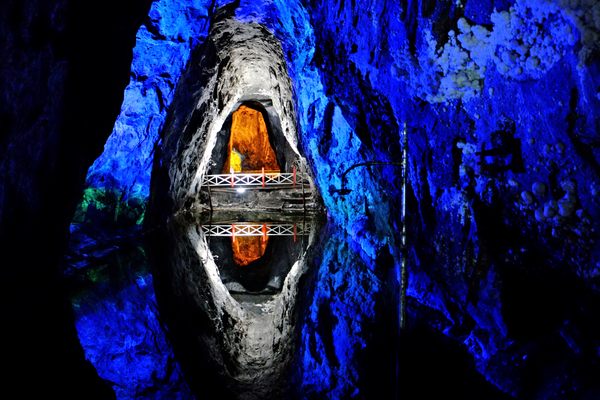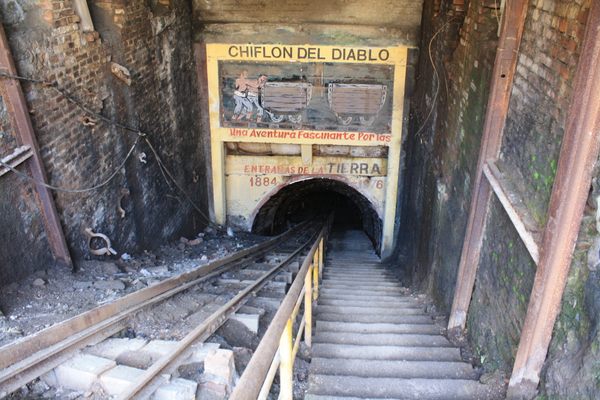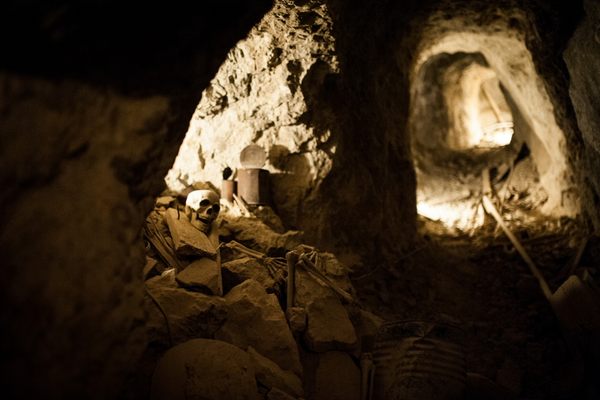About
At a height of over 4,000 meters, Potosí, capital of the Bolivian state of the same name, is one of the highest cities in the world. But even an elevation as high as this does not stop the nearby Cerro Potosí from dominating the surrounding landscape.
Also known as Cerro Rico (Spanish for "Rich Mountain"), the peak's huge supply of silver has led to both immense riches and appalling suffering.
Potosí was founded as a mining town in 1546, while Bolivia was still part of the Viceroyalty of Peru. Over the next 200 years, more than 40,000 tons of silver were shipped out of the town, making the Spanish Empire one of the richest the world had ever seen. But such vast wealth also came at a price. Thousands of the indigenous people were forced to work at the mines, where many perished through accidents, brutal treatment, or poisoning by the mercury used in the extraction process. Around 30,000 African slaves were also brought to the city, where they were forced to work and die as human mules.
In 1672, Potosí became the site of the Spanish Colonial Mint and, with a population of around 200,000, was one of the richest cities in the world. But by the time that Bolivia declared independence in 1825, the silver had largely run out, leaving tin as the main product.
To this day, a workers' collective extracts minerals from the mine. Due to the lack of protective equipment, the work is still very dangerous. Many miners die in cave-ins or from silicosis, a serious disease that damages the lungs, and there's been recent concern of the whole mine collapsing. Because of the hellish conditions, many of the miners survive by drinking extremely strong alcohol, chewing coca leaves, and worshiping Tio — a god of the underworld who holds the power of life and death between his fingers. El Tio, meaning "the Uncle," appears as a devilish creature, and his statues in the mines are given offerings of cigarettes, strong alcohol, and coca leaves.
Related Tags
Community Contributors
Added By
Published
February 13, 2011
Sources
- http://www.lonelyplanet.com/bolivia/the-southwest/potosi/history
- http://www.pbs.org/independentlens/devilsminer/mountain.html
- http://www.theguardian.com/world/2012/oct/02/bolivia-potosi-mountain-silver-mining
- http://whc.unesco.org/en/list/420
- http://www.npr.org/2012/09/25/161752820/bolivias-cerro-rico-the-mountain-that-eats-men







